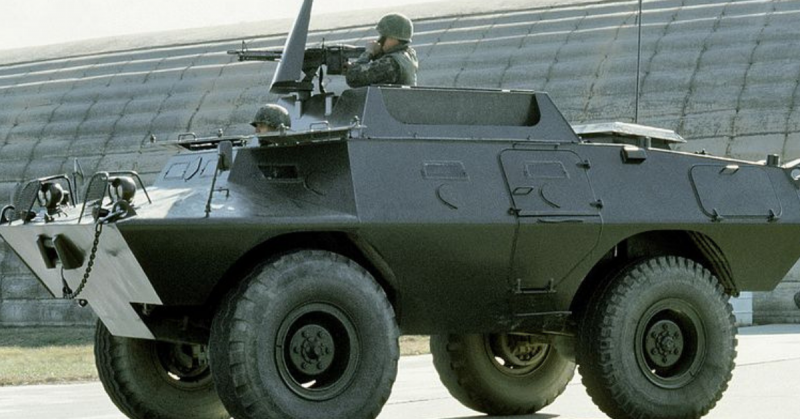Other than a few units being preserved in museums for the sake of history, most aging vehicles did not survive the test of time and were scrapped for parts. Some scrapped vehicles have been re-purposed as things such as steel bunkers or even chicken coops. But some of them are still operational, with a great amount of fight left in them.
M151 – Munitions and Troops Transport
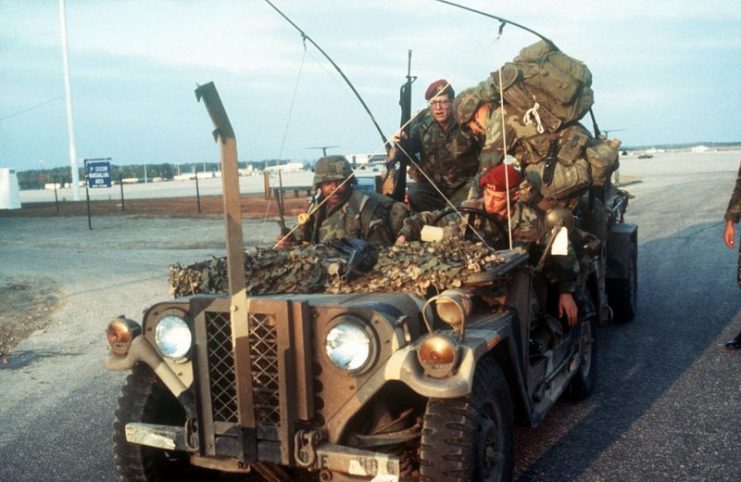
Primarily a utility vehicle, the M151 was a truck used to transport troops and munitions to the battlefront and back. It originated in the United States and was manufactured by one of America’s oldest automobile companies, the Ford Motor Company.
Ford started designing the utility truck in the early 1950s and kept updating the design through almost the entire decade. The truck’s design process went on for so long because Ford wanted to forestall obsolescence while adhering to the U.S. military’s codes. This exhaustive design process ensured the M151’s longevity.
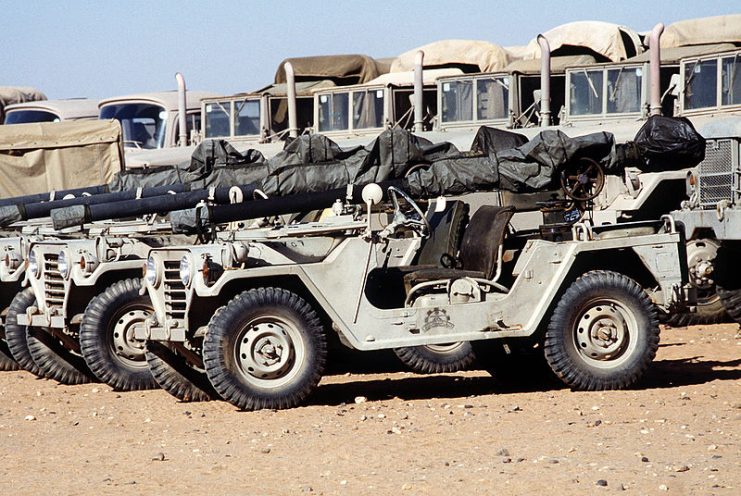
The U.S. military found itself on Asian soil in the Vietnam War. It was in Vietnam that the M151 was first deployed, and it played an active role in transporting supplies, moving infantry units, and expanding U.S. borders there. The M151 was later scrapped for a newer model: the HMMVV, or the Humvee.
Despite being the Humvee’s predecessor, the M151 was superior in many different ways. It was easy to manuever through the Vietnamese jungle and also easy to transport because of its lighter weight and smaller size.
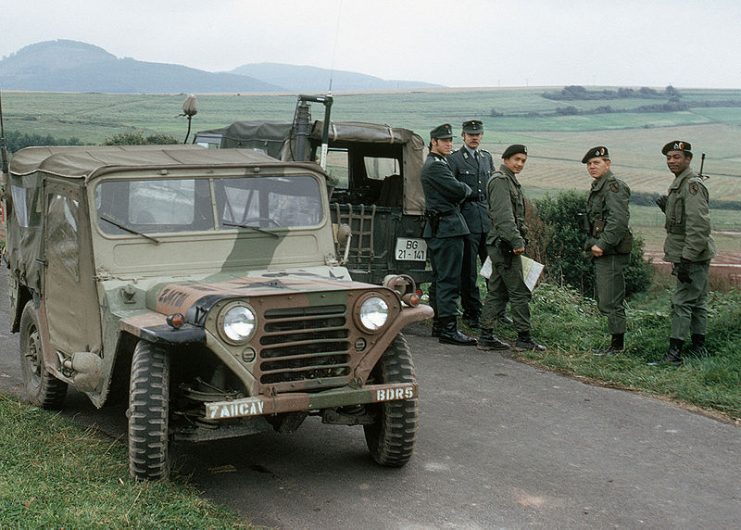
This military utility vehicle proves useful even today. In recent years, the M151 is one of many vehicles marketed by the United States to the entire world, and is used by a number of countries including Colombia, Israel, Somalia, Paraguay, and the Philippines. It still has the same functionality as it did during the Vietnam War, but is now mostly used in outside conflicts.
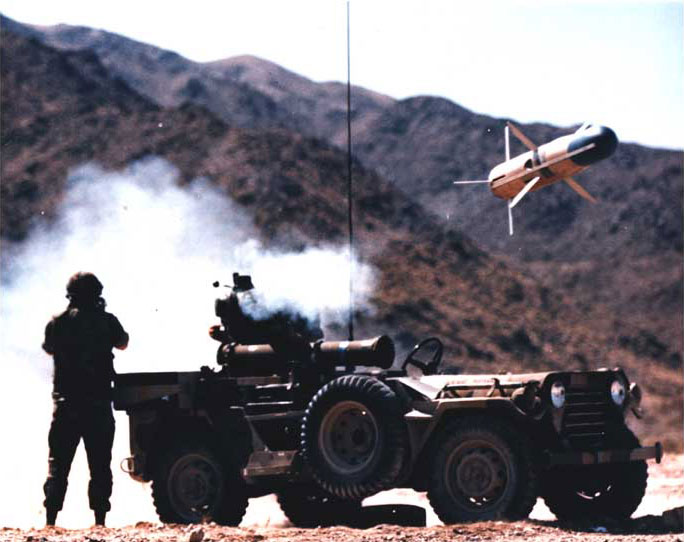
Cadillac Gage Commando – Escort and Convoy Vehicle
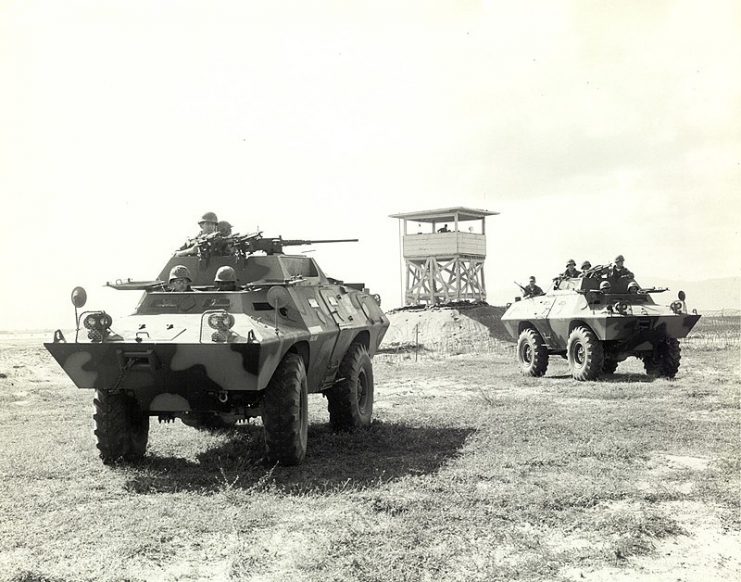
Another sturdy vehicle that weathered wars well was the Cadillac Gage Commando. It was manufactured by Cadillac Gage, which is now known as Textron Marine and Land Systems. Its purpose was to be used as an escort and convoy by components of the military such as high-ranking personnel or the Military Police.
But despite its more specialized uses, the armored vehicle was still deployed to the brunt of the battle as it was amphibious and more than capable of handling harsh terrain with its waterproof engine. It was also fitted with a powerfully armed, manned turret for driving enemies back behind their lines.
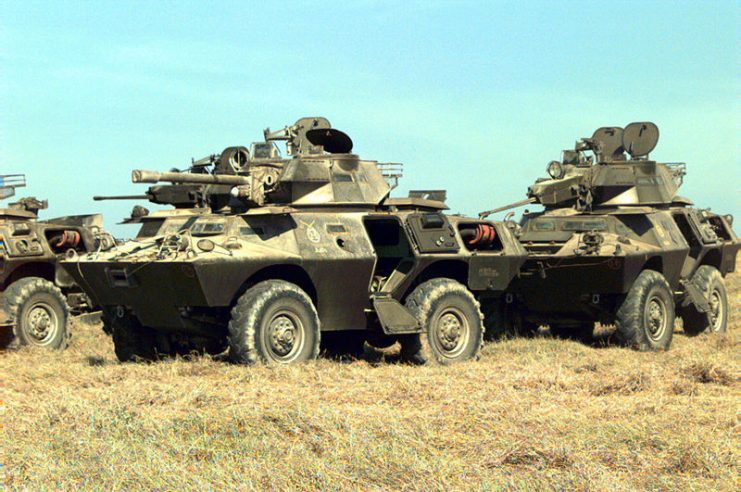
The Cadillac Gage was also a product of the war between Vietnam and the U.S. As the conflict continued, the U.S. needed artillery vehicle units that were more capable in the harsh jungle terrain, and started deploying the Commando. The Commando proved to be helpful in the war, bringing about numerous wins in skirmishes against the Viet Cong.
After the Vietnam War, the United States had a surplus of military vehicles and was willing to let them go for a fraction of their original prices. The Philippine government fixed on the Commando, knowing it would perform well in their own tropical jungle terrain.
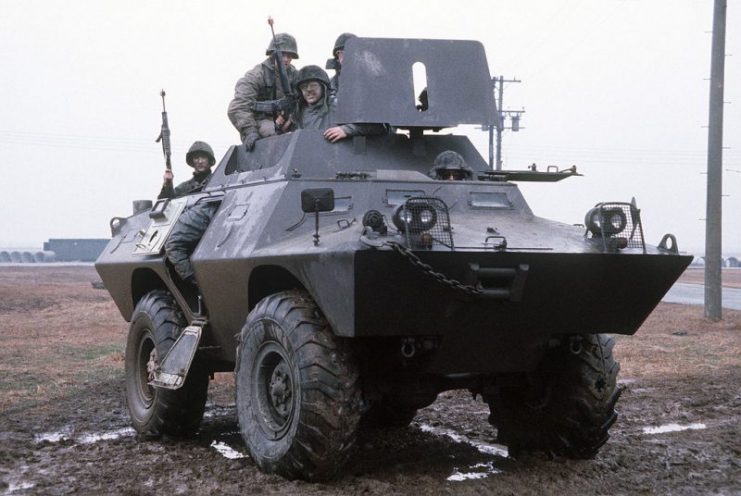
The Philippines would later use the Commando to fend off the country’s rebels and terrorist groups. In 2017, the Commando was used in the Battle of Marawi. Due to the Armed Forces of the Philippines being well-equipped and numerically superior, the conflict only lasted for five months, resulting in minimal losses and the Philippine government’s decisive victory.
M3 Stuart – Light Battle Tank
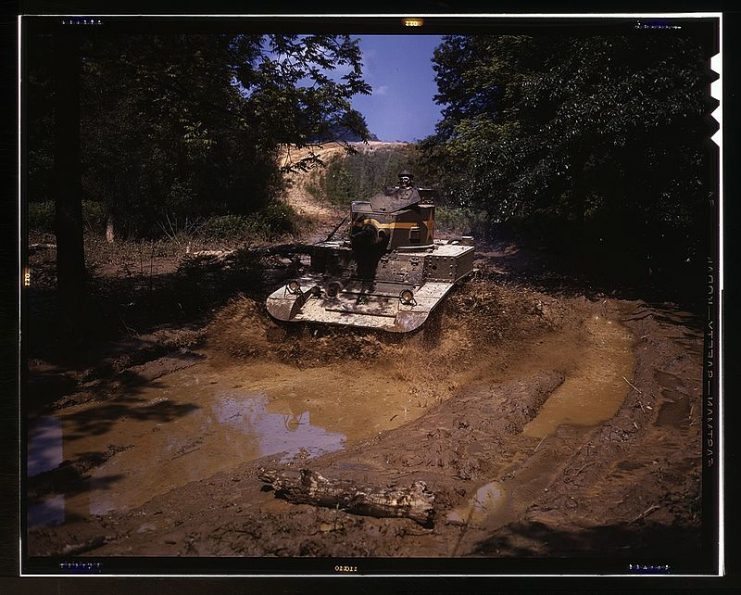
Some vehicles weren’t made to just carry supplies, troops, and high-ranking military officials–they were made to fight, like the M3 Stuart. It was designed as a light tank, and because it lacked in size compared to other tanks at the time, it was officially called the Light Tank M3 in the United States.
The M3 Stuart was built smaller for easier maneuverability through harsh terrain and was designed specifically for tank-versus-tank combat. The Axis powers had developed superior tanks and the Allied forces needed a way to counter and that was the M3 Stuart. First deployed in the North African Campaign, the Stuart didn’t quite equal the Panzer’s abilities and was obsolete almost immediately.
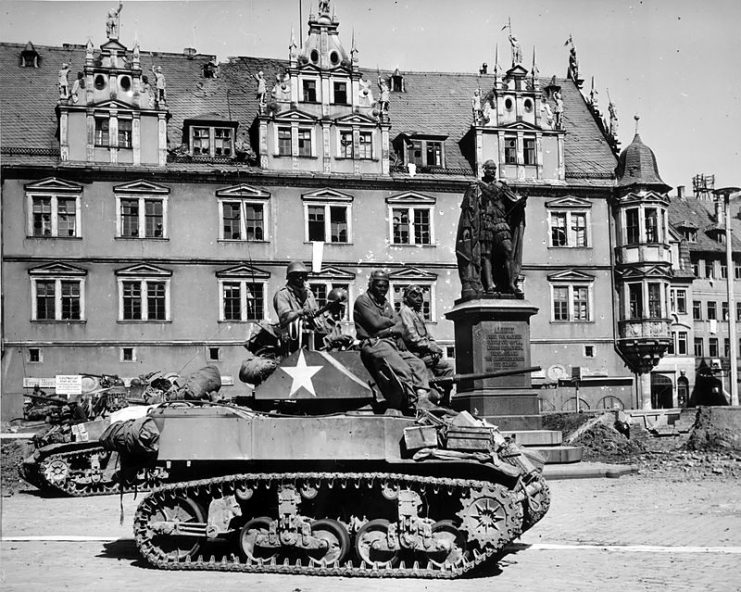
Its range was shorter than that of other tanks with the small 37mm cannon. Even with 170 units deployed on the campaign, however, the M3 Stuart’s smaller fuel capacity and shorter range ultimately limited the Allied from overwhelming their enemies.
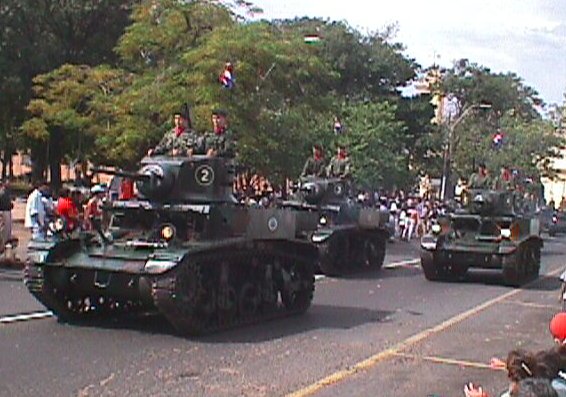
Read another story from us: Well Traveled – The Soviet T-26 Fought Nearly Everywhere
Although they are over fifty years old, Stuart tanks are still active in the military scene and can be found in Paraguay. The Paraguayan army refurbished their Stuart tanks to make them useful in a variety of functions.
